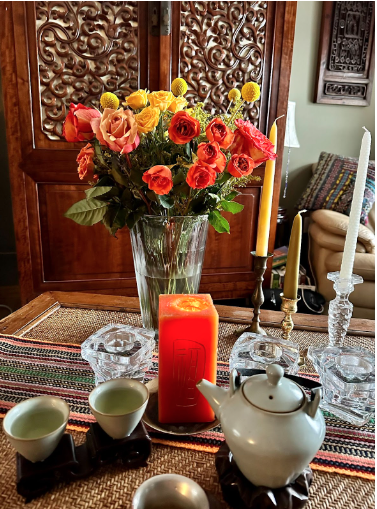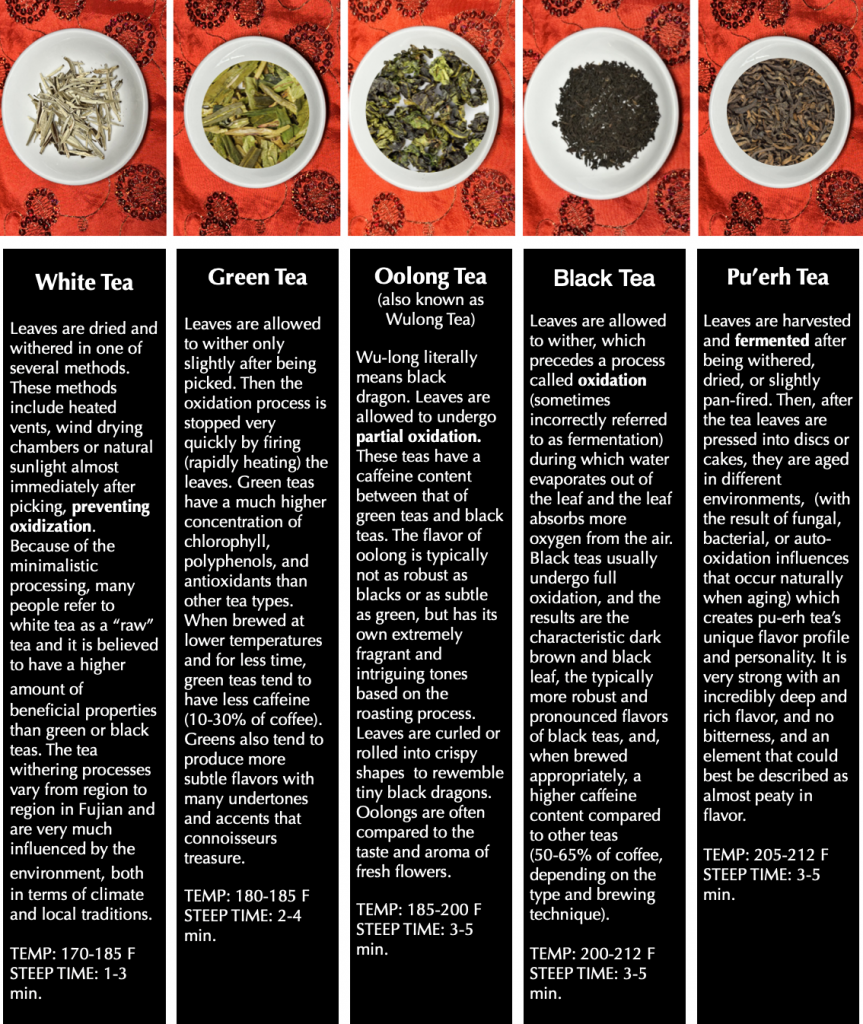
While living in China, I had many occasions to visit and experience the rich and ancient history of tea culture in several different Asian settings. After my return, I have continued the daily ritual of drinking tea. I have run tea sessions for adults and young adults so that they may have the opportunity to experience some of the cultural nuances and esthetics of drinking a variety of teas. These sessions have not only been a means for providing the physical sustenance of thirst quenching but a fundamental social bonding that involves an appreciation and sensory experience of the ritual that tea holds.
Mair and Hoh in their book, The True Story of Tea, nicely summarize the drinking of tea:
“... it is not a medicine foremost, but rather a daily ritual, an excuse for a well-needed break, a philosophy, a search for those moments of quietude and companionship when the din of the world subsides and all becomes one. Drink it in that spirit, and heath, happiness and eternal life will follow.”
The True Story of Tea, Mair and Hoh
All tea comes from the plant Camelia sinensis.
There are five general types of tea that are distinguished by the curing process:
White, Green, Ooolong, Black, and Pu’erh. (Herbal teas are in the category of a tissane, a caffeine-free blend consisting of herbs, botanicals and/or fruits prepared like a tea, but technically not a tea.)

Each type of tea has many different varieties, and it is an enticing challenge to sample the many varieties, subtleties, and pleasures so one is able to discern one’s preferences for brewing the perfect cup of tea.
There are many providers of good tea. Buying from local vendors is always important, but if you are looking for other outlets, these vendors provide good quality:
A browse through the Internet Archive and you will find a plethora of tea books. The following are four titles that make for a good beginning reading adventure:
- Beckwith, Sebastian, et al. A Little Tea Book: All the Essentials from Leaf to Cup. Bloomsbury, 2019.
- Lovell, Henrietta. Infused: Adventures in Tea. Faber & Faber, 2019.
- Mair, Victor H., and Erling Hoh. The True History of Tea. Thames & Hudson, 2009.
- Schwartz, Steve. Art of Tea: A Journey of Ritual, Discovery, and Impact. Lioncrest Publishing, 2022.
